
With the help of Professor Tracy Camp (right), Santiago Gonzalez came to Mines when he was 12. Now on the verge of graduating, he’s more grateful than ever to Mines, where he discovered an educational environment that is satisfying his ravenous appetite for knowledge. Photo: Nick Sutcliffe
Harboring aspirations that one’s child will grow up to be gifted is normal enough, but in fact life can be painfully difficult for children whose abilities lie far outside the bell curve. Isolated from their peers, with ravenously hungry minds that frequently go unchallenged in traditional classrooms, they can become miserable and depressed.
Taking a flexible and understanding approach to such situations, Mines has been able to accommodate several such families in recent years. “There is no formal program,” says Admissions Director Bruce Goetz. “Intake has come through personal contact, and only after the student takes individual classes as a test.”
One such student was Dylan Jones ’07, who graduated at the age of 16 with a bachelor’s degree in math and computer science and a minor in bioengineering and life sciences, and went on to study at the University of Colorado School of Medicine.
Another 16-year-old is on track to graduate this December with a bachelor’s in computer science. Santiago Gonzalez, who began taking classes at Mines when he was 12, will then remain at Mines to earn his master’s degree in the same discipline.
Able to count to 20 in three languages by the age of 2, Gonzalez was reading about minerals and rocks from a college textbook before he ever attended elementary school. By age 8, he was studying programming languages, building a website (hicaduda.com) and creating apps. Today, he is fluent in more than 10 programming languages and has written 16 applications.
Coming to Mines and finding a place where he fit in has proved life changing for Gonzalez and his family, but prior to coming to Mines, they went through some tough times. The difficulty began in first grade, where he was being asked to do simple arithmetic by day and reading Stephen Hawking’s ‘A Brief History of Time’ by night. Trying to talk with classmates about rocks and geology brought rejection and isolation. Reminded constantly that he wasn’t ‘normal,’ his lively and fun-loving demeanor turned dark. The following years offered some respite, thanks to a handful of perceptive and flexible teachers, but fifth grade was one of the toughest years of all, and by the time he left elementary school, Gonzalez was having nightmares.
Looking for solutions, his parents had him tested a second time (the first time was when he was 6). Nearly all his indicators came back at the level of a third-year graduate student, so they enrolled him at age 11 in a community college, where he learned computer graphics and genetics. School, he discovered, could be a positive experience.
In June 2010, Mines Computer Science Professor Tracy Camp organized an event to show gifted and talented high school seniors the kinds of opportunities available in her field. Hearing about it, Vanessa Gonzalez, Santiago’s mother, contacted Camp to ask if her son could attend. “Of course, was the professor’s enthusiastic response.”
Camp recalls how, during the day and a half at Mines, which included visits with computer-savvy professionals at Google, Oracle and Lockheed Martin, “Santiago’s questions just blew me away.”
She encouraged Vanessa to let Santiago attend Mines. “We didn’t know that was a possibility. We hadn’t even thought of it,” Santiago says. He took test classes in the 2010-2011 school year, and enrolled full time in fall 2011.
In addition to his regular classes, Santiago got involved in developing a sensor network for measuring building occupancy under Associate Professor William Hoff in the Department of Electrical Engineering and Computer Science. Later, he moved on to work with wireless sensor networks under Camp, refining ways to monitor internal stress in earth dams as part of the Mines SmartGeo interdisciplinary program for study and development of intelligent geosystems.
“When I look at Santiago now, I don’t think, ‘There’s our 16-year-old Mines student,'” says Camp. “He’s another member of our community and is doing quite well.” This becomes apparent on first meeting him. He seems relaxed. He smiles easily and greets passersby, who respond using his family nickname, Santi.
Occasionally, when he’s not in class or conducting research, Santiago tutors both graduate and undergraduate students.
“He is having office hours for me this semester,” says Camp. “He’s very patient and methodical. Students appreciate the help and come back for more.”
Santiago is grateful to have found a learning environment where he truly belongs. “The students are here to learn, so it’s a great environment,” he says. “During the whole time I’ve been here, I haven’t run into one person who was annoying or mean – students, faculty, everybody. I’ve gained social skills working with other students. There are lots of really, really smart people here.”
And more keep coming every year, of all ages. After successfully completing classes during the 2013 – 2014 academic year, 13-year-old Jaden Davidson will formally enroll at Mines in August.

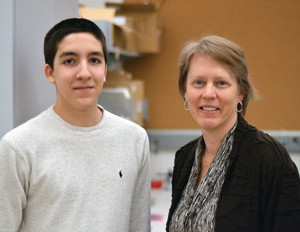
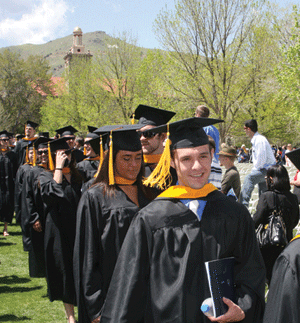
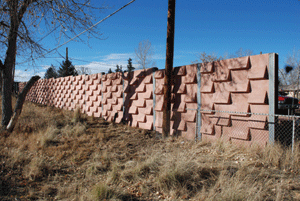
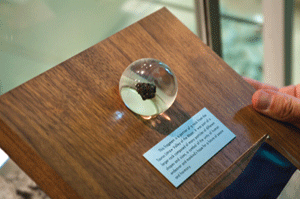

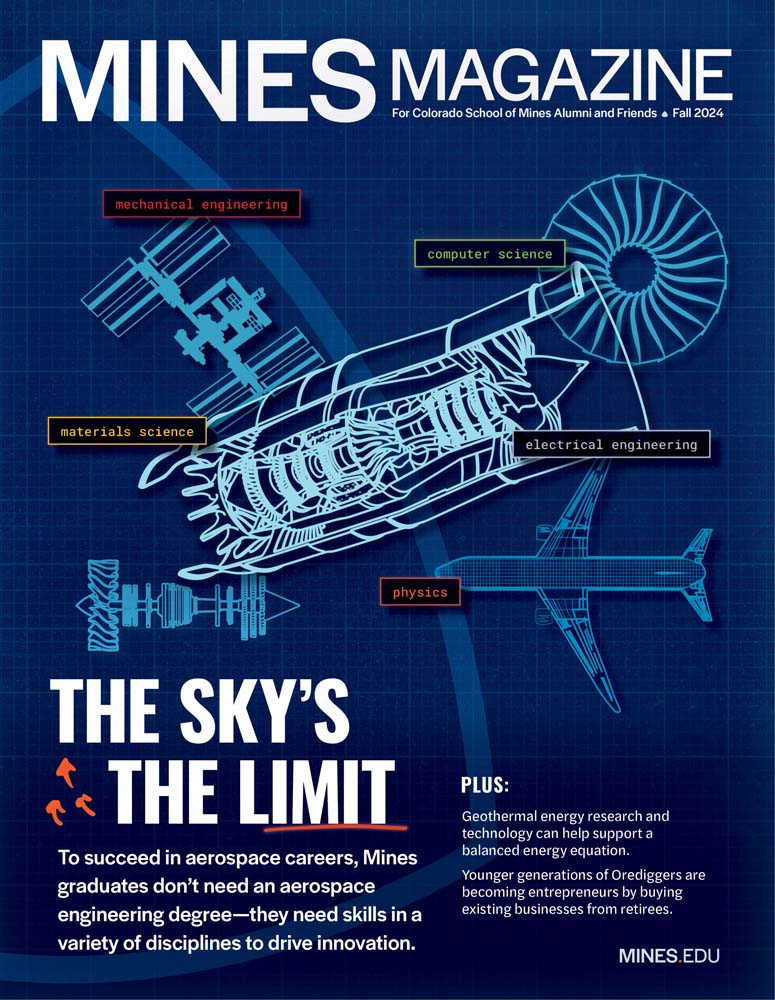
Trackbacks/Pingbacks